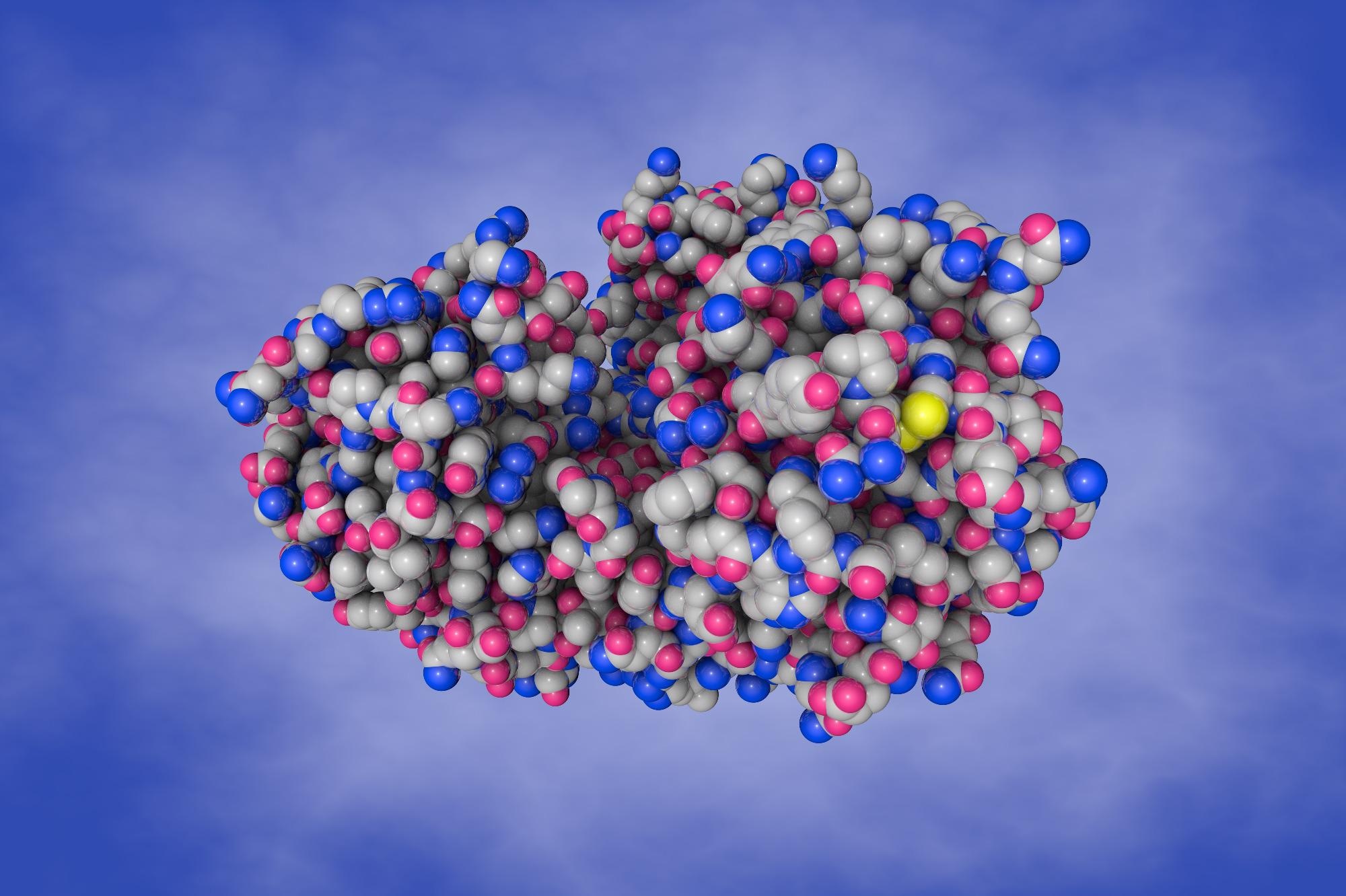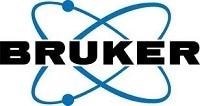High-density lipoprotein (HDL) performs anti-oxidative, anti-inflammatory, and cholesterol efflux functions. Therefore, a high level of HDL is considered beneficial to protect against atherosclerosis, the buildup of plaque in the arteries, which can lead to a heart attack or stroke.
 Image Credit:Shutterstock/MarynaOlyak
Image Credit:Shutterstock/MarynaOlyak
The protective effects of HDL are linked to the enzyme paraoxonase 1 (PON1), which catalyzes anti-oxidative reactions through its arylesterase (AE) activity. Furthermore, 95% of PON1 found in the serum is bound to HDL through the formation of an HDL-PON1 complex.
This complex is partially regulated by the phospholipase endothelial lipase (EL). This enzyme hydrolyzes HDL, producing lysophospholipids and free fatty acids. It markedly alters the structure and function of HDL.
Previous studies have demonstrated that EL modification of HDL decreased the HDL-PON1 content in vitro; i.e., EL displaces PON1 from HDL. More recently, a study performed both in vitro and in vivo analysis to further investigate the relationship between EL and the HDL-PON1 complex.
In this study, purified HDL was incubated with EL-overexpressing or empty virus (EV)-infected control HepG2 cells in the absence or presence of PON1 co-overexpression for in vitro investigation. HDL-PON1 content and AE activity both significantly decreased in the EL environment compared with those in the EV control environment, regardless of PON1 co-overexpression. These data support previous studies regarding the importance of the EL lipolytic activity on the PON1 displacement from HDL.
Fast protein liquid chromatography (FPLC) was also performed to further understand the mechanism by which this displacement occurs. As a decrease in HDL size was associated with a decrease in PON1 content and AE activity in both EL and EV control environments, the study suggests that the EL enzymatic interactions and not the EL-induced alterations to HDL size and composition are leading to PON1 displacement.
To determine whether this relationship also occurs in vivo, experiments were also performed in humans. Serum was taken from healthy volunteers and the EL level, PON1 content, and AE activity were measured using enzyme-linked immunosorbent assay (ELISA). In contrast to the in vitro data, the in vivo results showed that subjects with EL serum levels above the median had a positive correlation with a higher PON1 content in HDL and increased AE activity.
To further understand this relationship, nuclear magnetic resonance (NMR) spectroscopy was performed using a Bruker Avance IVDr* (Avance Neo 600 MHz Spectrometer) and the Bruker IVDr lipoprotein subclass analysis tool* (B.I.LISA) to quantify HDL, HDL subclasses, and lipolytic products.
The total HDL was comparable in both the high and low EL sera, suggesting that there is no correlation between EL and HDL. However, significantly higher levels of lipolytic products were observed in the high EL serum compared to the low EL serum, indicating some relationship between the two components as these products are known to be generated by the EL-mediated phospholipolysis of HDL.
Based on the data of this recent study, a noticeable difference in the relationship between EL and HDL was observed in vitro and in vivo. A clear decrease in HDL-PON1 content and AE activity was observed when EL was present in vitro, whereas the relationship between EL and HDL in vivo appears to be much more complex. The results indicated some correlation between EL and HDL, but probably this is not solely due to an interaction with EL and HDL. Therefore, further research using larger populations is required to understand the relationship in vivo.
*Bruker NMR Instruments are for Research Use Only. Not for use in clinical diagnostic procedures.
References
- Schilcher, I., et al. (2021). Endothelial Lipase Modulated Paraoxonase 1 Content and Arylesterase Activity in HDL. International Journal of Molecular Sciences. https://doi.org/10.3390/ijms22020719.
About Bruker BioSpin - NMR, EPR and Imaging - Clinical
Welcome to Bruker BioSpin and the world's most comprehensive range of NMR and EPR spectroscopy and preclinical imaging research tools. The Bruker BioSpin Group of companies develop, manufacture and supply technology to research establishments, commercial enterprises and multi-national corporations across countless industries and fields of expertise.
Bruker BioSpin is continuing to revolutionize the design, manufacture and distribution of life science, preclinical, process control and analytical research tools based on magnetic resonance and multimodal imaging technologies. Bruker BioSpin is the worldwide technology and market leader in magnetic resonance technologies (NMR, EPR) and offers the largest portfolio of imaging modalities for preclinical and industrial research under a single brand.
Sponsored Content Policy: News-Medical.net publishes articles and related content that may be derived from sources where we have existing commercial relationships, provided such content adds value to the core editorial ethos of News-Medical.Net which is to educate and inform site visitors interested in medical research, science, medical devices and treatments.